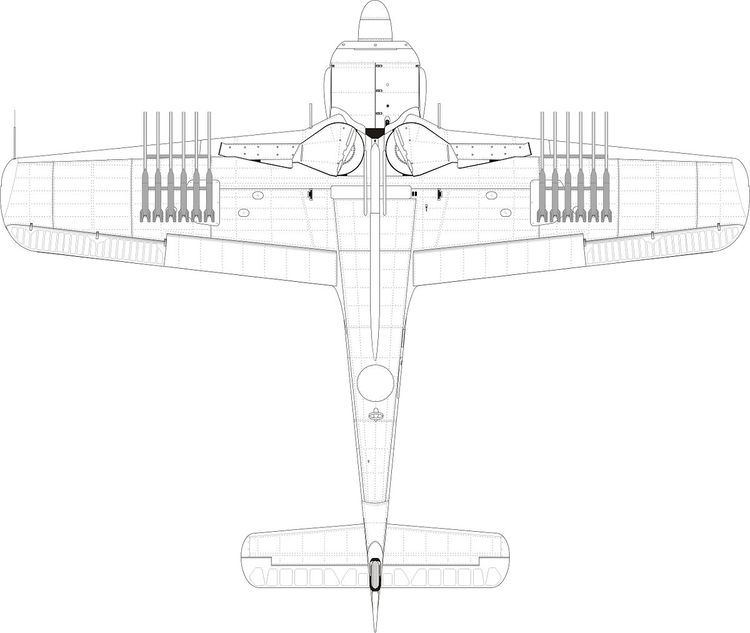In service 1945 | Place of origin Germany | |
 | ||
Diameter 80 mm in Panzerblitz I, 88 mm in Panzerblitz II, 210 mm in Panzerblitz III | ||
Panzerblitz is a German anti-tank unguided aerial rocket developed during the Second World War.
Contents
The missile was based on the R4M Orkan air-to-air rocket used by the Messerschmitt Me 262. It was fitted with either an 80 mm (3.1 in)-diameter standard warhead, in Panzerblitz I, or a 210 mm (8.3 in)-diameter hollow charge warhead, in the Panzerblitz III.
It was intended to be operated by the Henschel Hs 132, which would carry up to eight rockets, complementing or even replacing the cannon armament in the tank-destroying role. The 80mm model was tested extensively in early 1945 from Focke-Wulf Fw 190s, but neither Panzerblitz I nor Panzerblitz III (earmarked exclusively for the Hs 132) were ready for use by the German surrender in May 1945.
General characteristics
Components
Performance
References
Panzerblitz (missile) Wikipedia(Text) CC BY-SA
